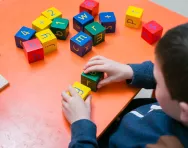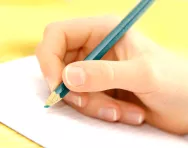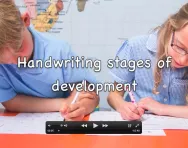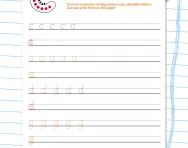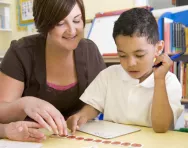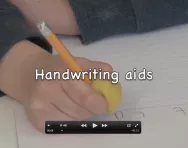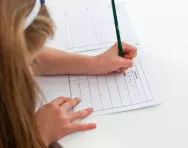TheSchoolRun.com closure date
As we informed you a few months ago, TheSchoolRun has had to make the difficult decision to close due to financial pressures and the company has now ceased trading. We had hoped to keep our content available through a partnership with another educational provider, but this provider has since withdrawn from the agreement.
As a result, we now have to permanently close TheSchoolRun.com. However, to give subscribers time to download any content they’d like to keep, we will keep the website open until 31st July 2025. After this date, the site will be taken down and there will be no further access to any resources. We strongly encourage you to download and save any resources you think you may want to use in the future.
In particular, we suggest downloading:
- Learning packs
- All the worksheets from the 11+ programme, if you are following this with your child
- Complete Learning Journey programmes (the packs below include all 40 worksheets for each programme)
You should already have received 16 primary school eBooks (worth £108.84) to download and keep. If you haven’t received these, please contact us at [email protected] before 31st July 2025, and we will send them to you.
We are very sorry that there is no way to continue offering access to resources and sincerely apologise for the inconvenience caused.
'He struggled to form his letters correctly and his handwriting was illegible'

"We first noticed Jean-Pierre had a problem in Year 1 when his teacher said he was concerned with his speech and that he had trouble expressing himself. We spoke to the GP who referred him on to specialists for range of diagnostic tests including blood tests, an ADHD questionnaire and an ADOS assessment.
"The results suggested he had some signs of mild autism but not enough for a diagnosis and with speech therapy and social skills work to help resolve his communications difficulties, he gradually improved. However, his fine motor skills remained poor as he struggled to form his letters correctly and his handwriting was illegible. The SENCO at the school and his teacher kept trying different approaches but in Year 4 Jean-Pierre was able to use a scribe which showed clearly the difference between what was in his head and what he was able to get down in writing.
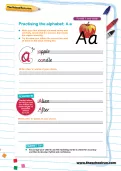
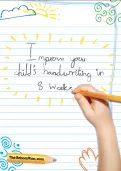
Improve handwriting in 10 minutes a day
- Step-by-step handwriting guide
- Over 200 worksheets
- From patterning to cursive
"After this I asked the school if he could use a computer and got a notebook for him to use in class, but his handwriting was still not improving, so in 2012 I went back to his occupational therapist. They were concerned that there was still a big discrepancy between Jean-Pierre's writing and his reading/listening skills.
"They suggested a special grip on his pencils, a sit and move cushion and a slanted board to write on to help. They also recommended physiotherapy for his posture and tennis and swimming to strengthen his muscles. At home I was getting him to practise handwriting every evening. At first it was just writing out words, but then I followed programmes like Write from the Start by Lois Addy and Ion Teodorescu.
"Despite this there was no improvement. I found a blog describing a boy like Jean-Pierre but he had been diagnosed with dyspraxia, so I went back to my GP to ask if they could recommend anyone. They suggested looking privately which is how I found Joanna Moore, an expert occupational therapist (OT) specialising in children.
"In December 2012 Joanna assessed Jean-Pierre and her report picked up the cause of his problem. He had very poor core stability and hyper-mobility leading to dysgraphia. She devised an OT programme of exercises and the school SENCO assistant worked with him on this 4/5 times a week. I did the exercises with him at home too, as well as continuing with the Write from the Start programme and another writing programme called Callirobics which works with music and patterns.
"Since working with Joanna, Jean-Pierre's progress has been excellent – in fact, recently the SENCO assistant contacted me and said that his handwriting had improved so much they wanted to gradually reduce his sessions."
Dysgraphia: practical tips for parents
- Follow your instincts. If you feel something isn't quite right with your child's development/behaviour, don't leave it – investigate. Search online, speak to your child's teacher, your GP, paediatricians, occupational therapists, etc, and don't be afraid of labels – the sooner the condition is identified, the sooner and the more efficiently your child can be helped.
- I am lucky to have an excellent occupational therapist and supportive school and we have worked as a team coordinating my son's help. I believe it is definitely worth considering for your child if his/her school is open to the idea.
- Without making a big issue about it, I believe it is important that people be aware of/have some understanding of your child's difficulties. It can save a lot of misunderstanding with your family (particularly siblings), at school and with your child's friends and their parents.
Dysgraphia: advice and information
Find out more about dysgraphia and how you can help your child with handwriting difficulties in our Dysgraphia area, or read the National Handwriting Association's tips for parents.
